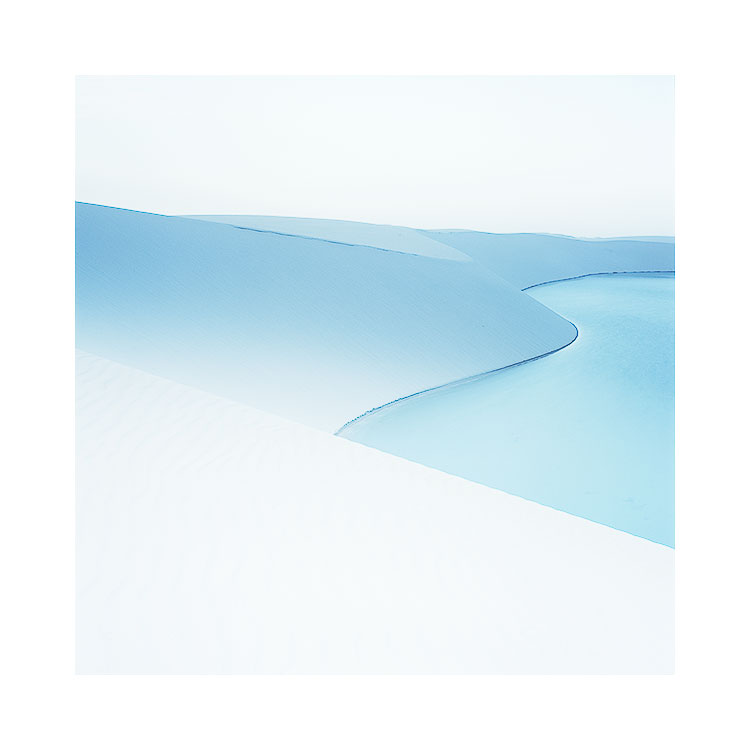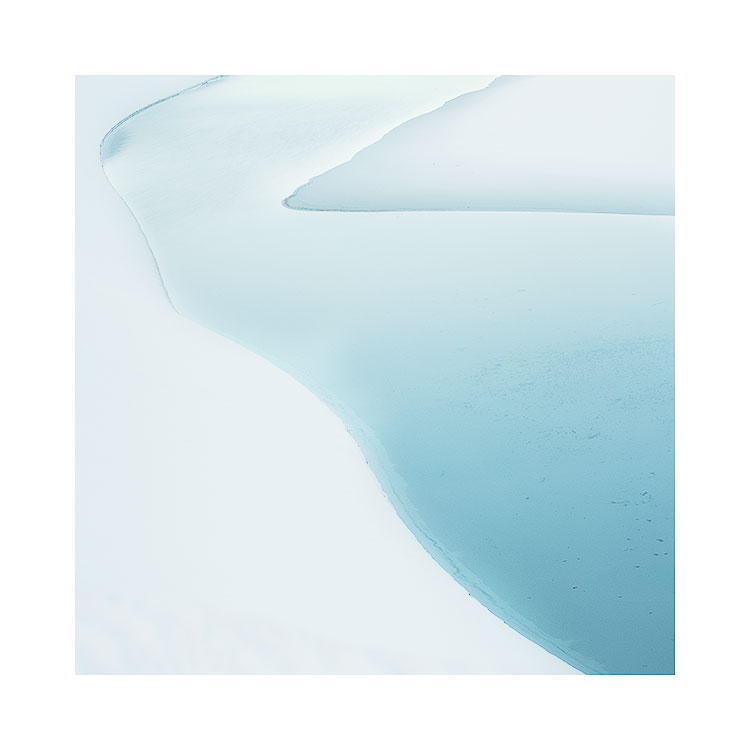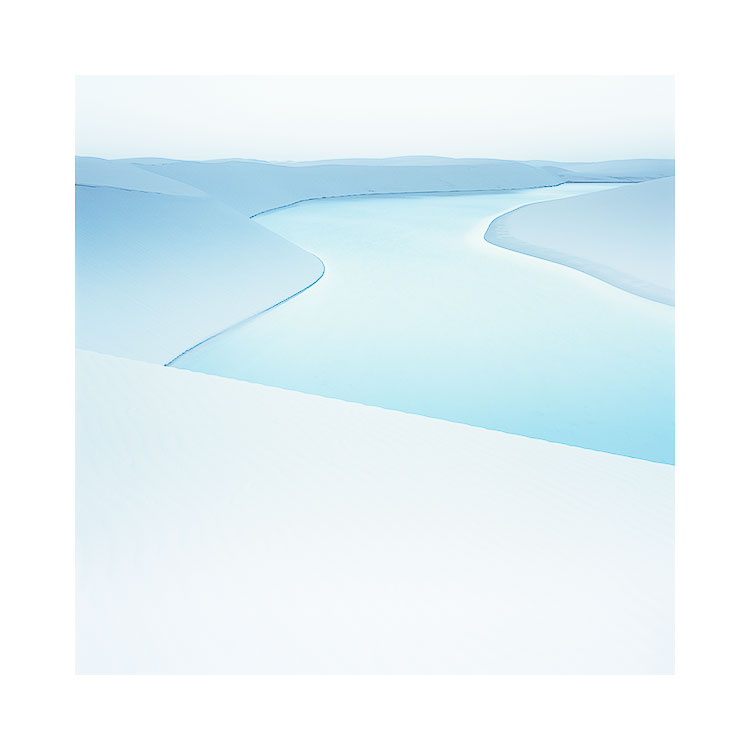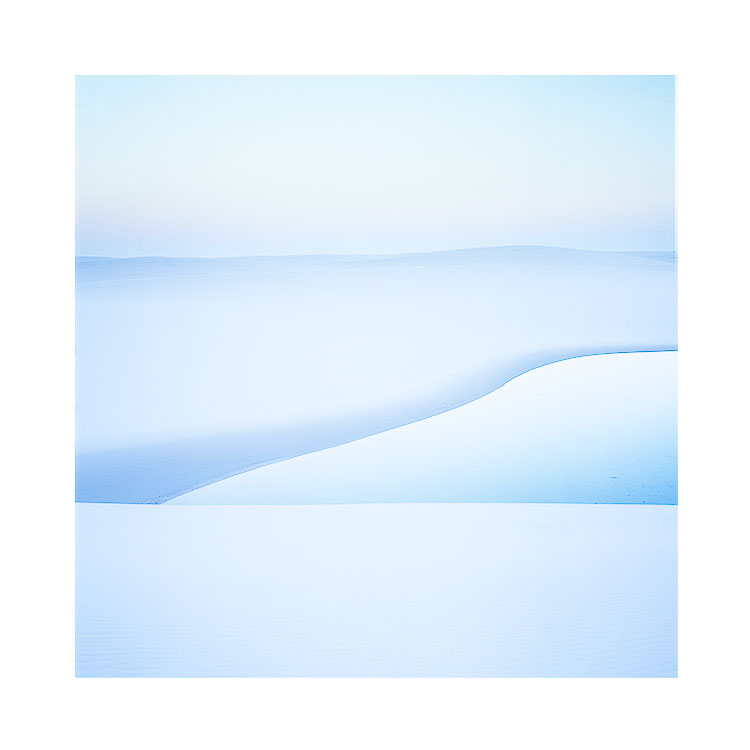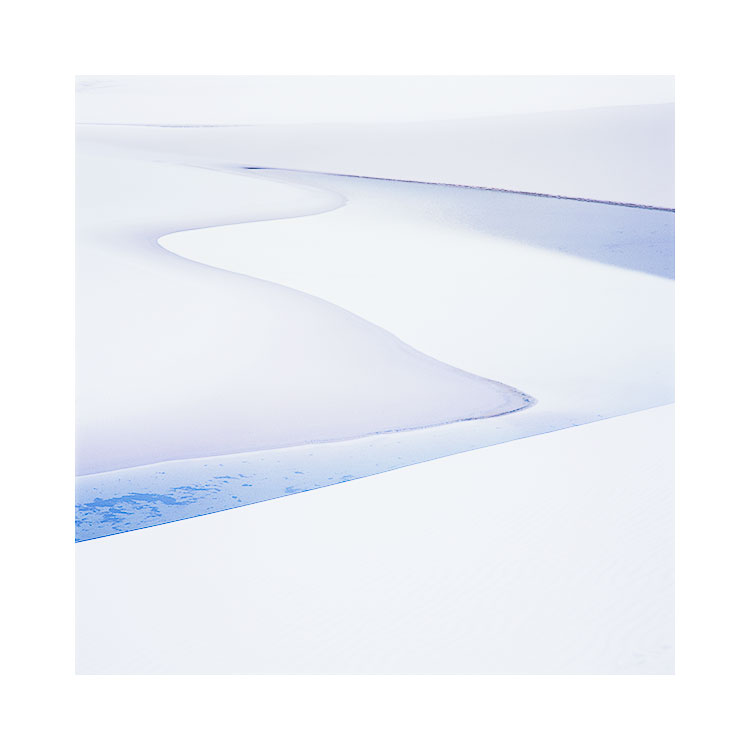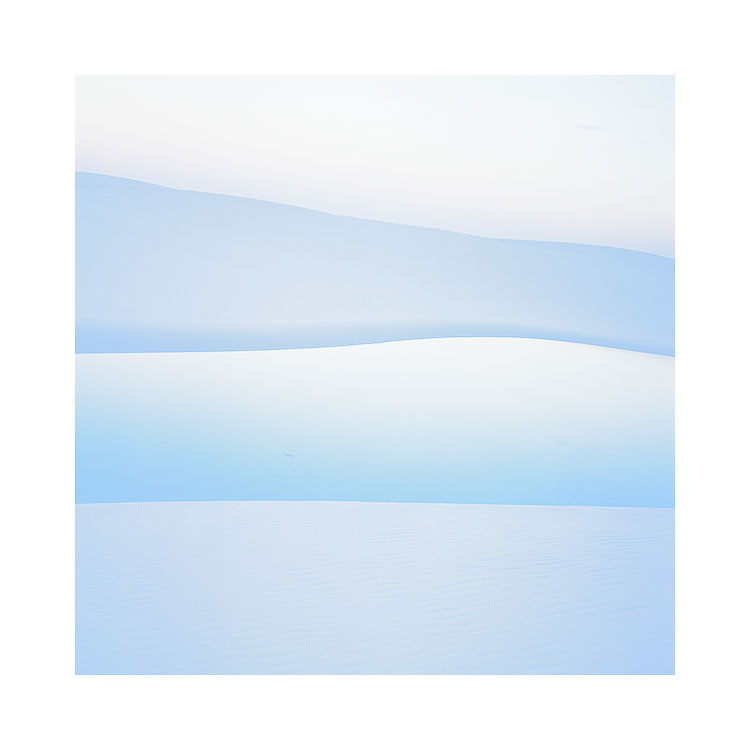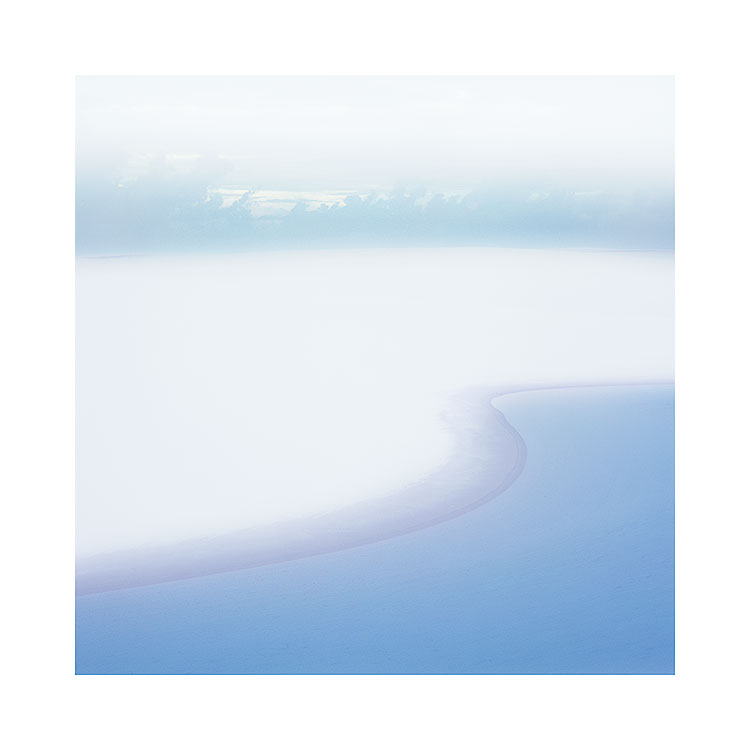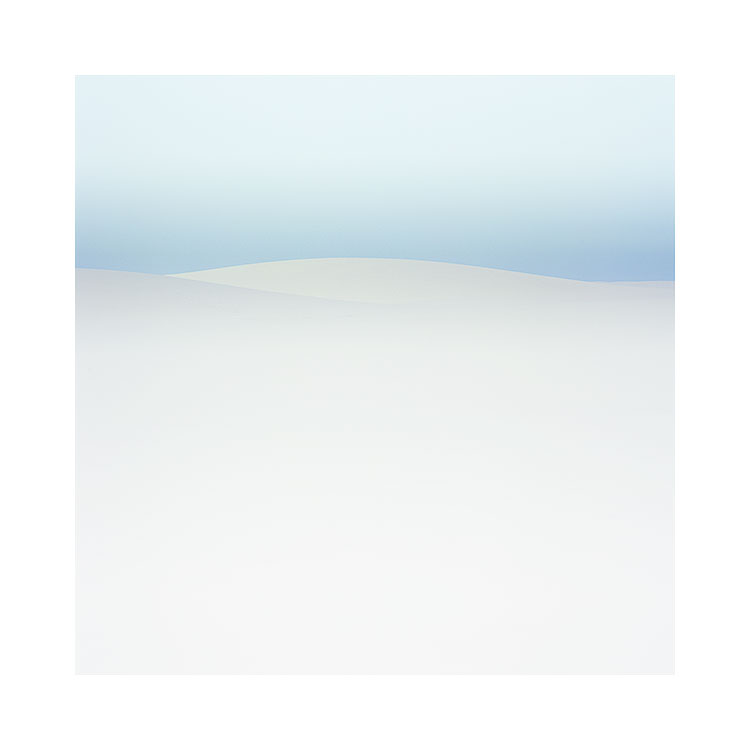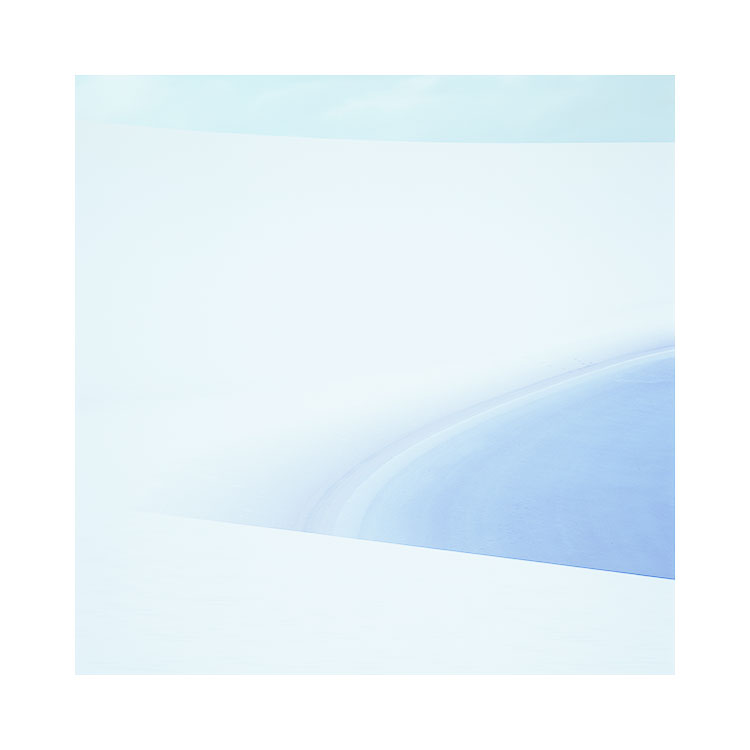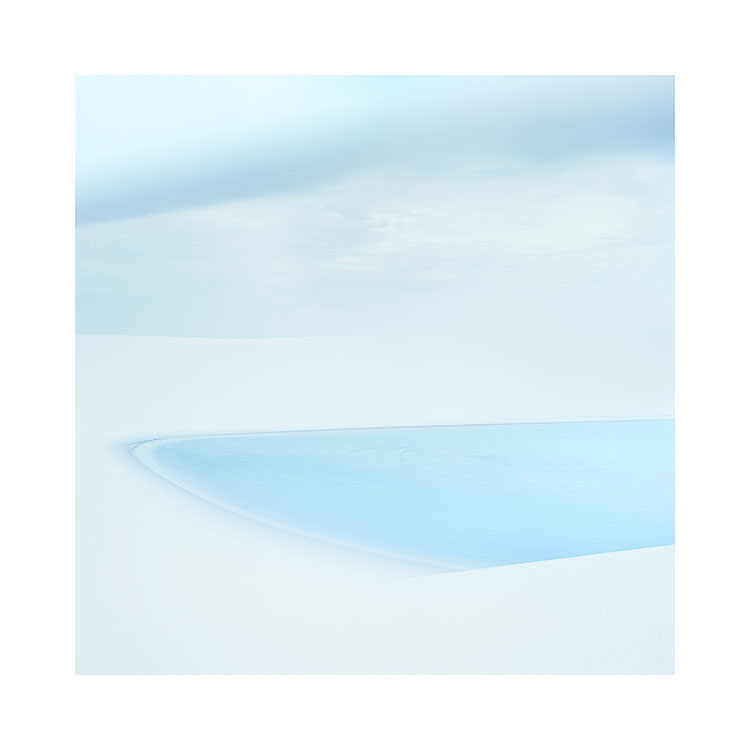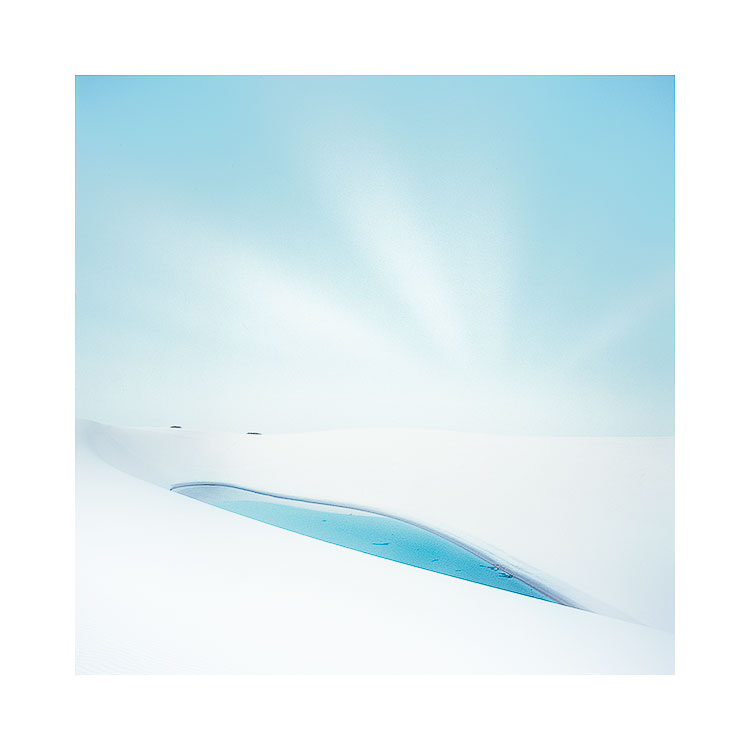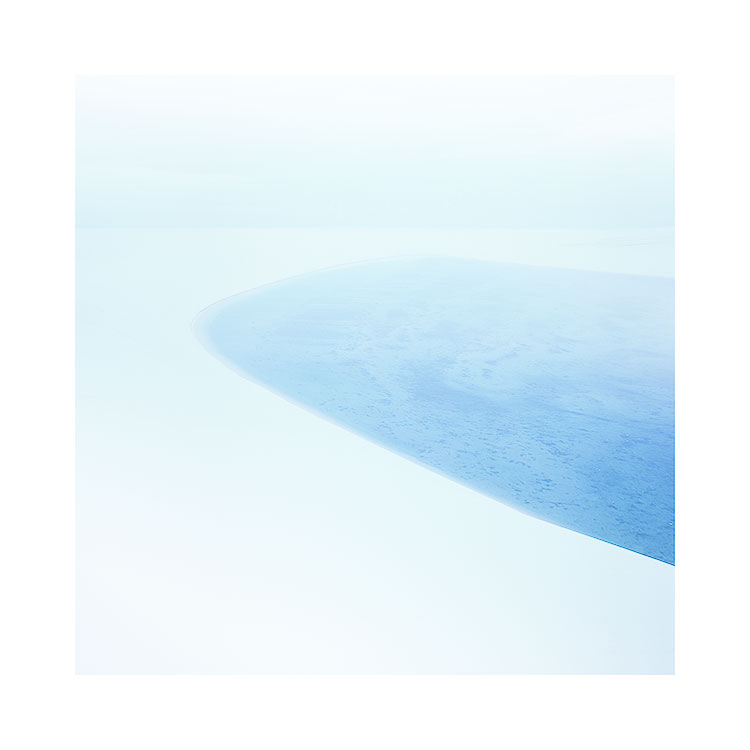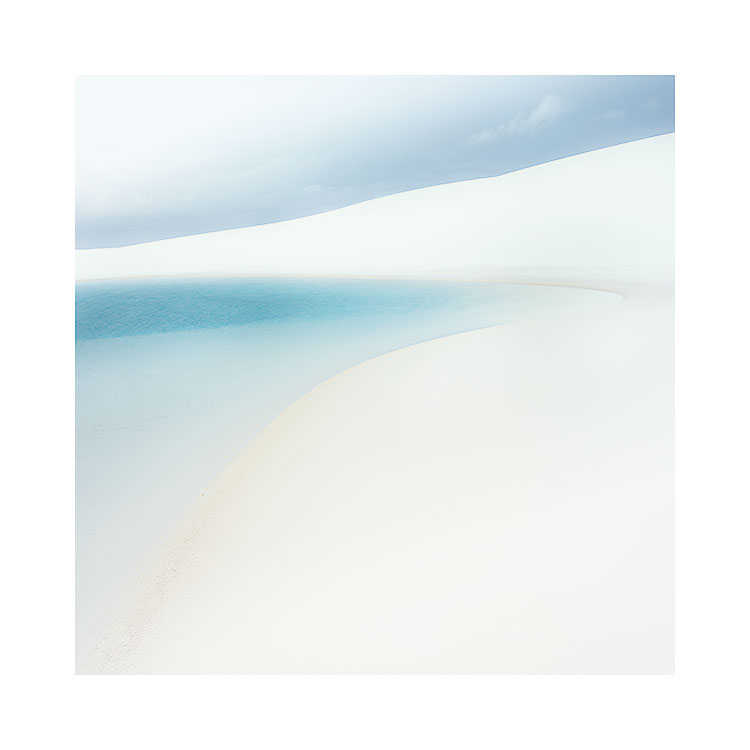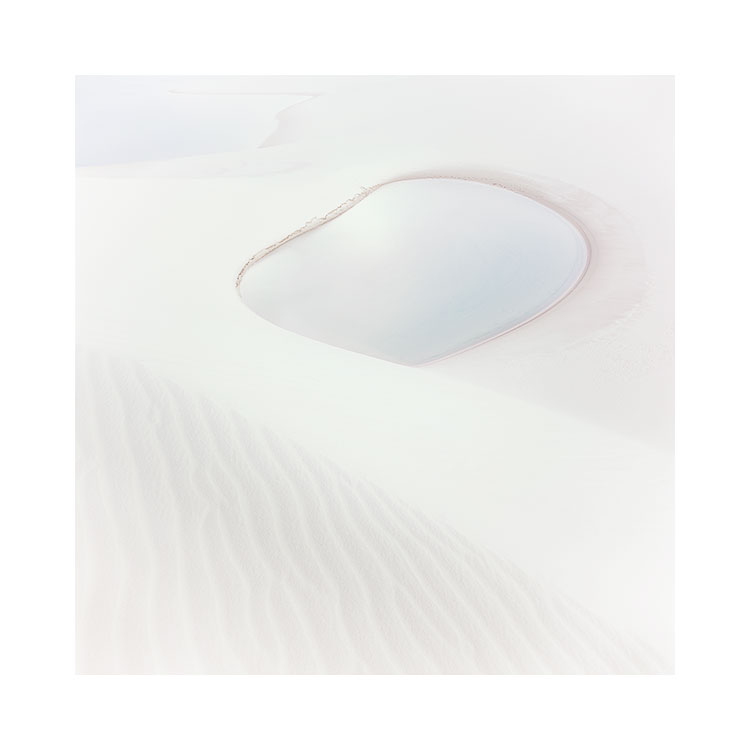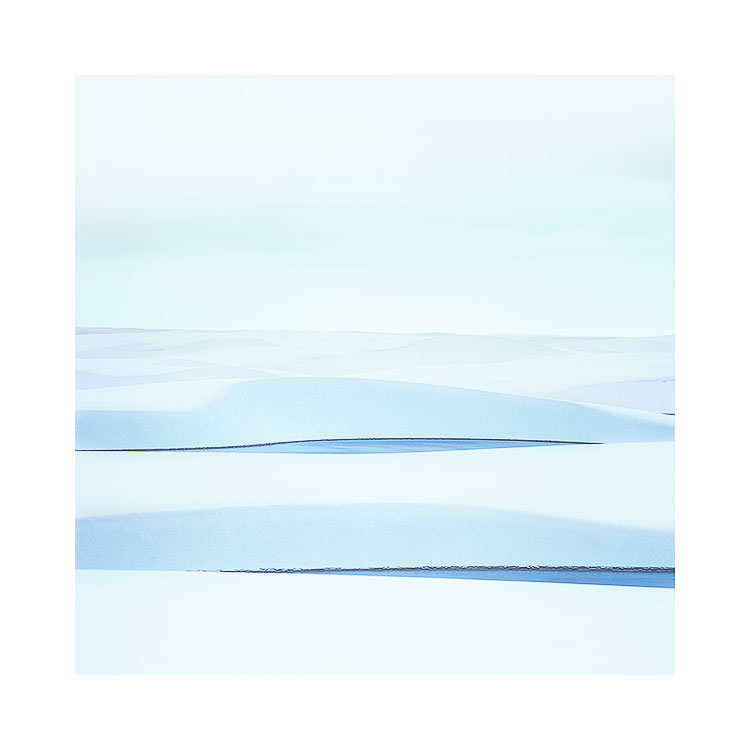I’m just finishing up a workshop I ran this past week on the isle of Eigg here in Scotland. Below is a ‘portfolio’ example created by the participants work during this week’s workshop.
As part of my Scottish workshops, I always take a high quality digital projector along, so we can review and edit participants work throughout the week. My aim in doing this is many:
most photographers tend to undervalue what they shoot, and it is only in editing the work that I can often show that what may have appeared to be an average shot upon first review, is actually an image that holds great promise.
Editing is an undervalued skill, often viewed as nothing more than just a post-exercise in tidying up an image, when in fact it is a life-long skill in bringing an image to it’s full potential.
to instruct on how compositions could have been tighter / simpler.
to instruct on how choice of subject equals choice of luminosity, and how tonal separation play an important part in image composition
localised contrast selection can make a huge difference to simplifying / aiding composition.
Adobe’s advice to punch up the RAW file in the RAW editor, is fundamentally the wrong approach to delivering images that selectively lead the eye through the frame whilst maintaining soft tonalities and conveying ‘punch and depth’ at the same time.
Luminosity can be edited to lead the eye through the frame.
Subjects appear to stand out better if you spend time quietening their surroundings.
Editing informs fieldwork. Not the other way round. You will become a more selective shooter / composer if you work at your editing.
As part of all my Scottish workshops, I aim to bring the images from all participants together at the end of the week into a cohesive set. I think portfolio development is the key to finding one’s own style, and conveying it to your audience. During the week I start off by editing everyone’s images on an individual basis, but as the week progresses, I show how to go from what may appear to be a random collection of images to a cohesive set. This is done through not just selection, but also editing the images together.
It was a good week this week. The images did start off as a rather random set, but as the week progressed I felt I was able to show how just the six above could feel more cohesive, not simply by what was removed to make the final set glue together better, but also in how iterative editing between this final set brought them together.
Many thanks to Caroline, Mike, Paul J, Paul M, Matthias and Peter for coming all the way to Eigg with me.




